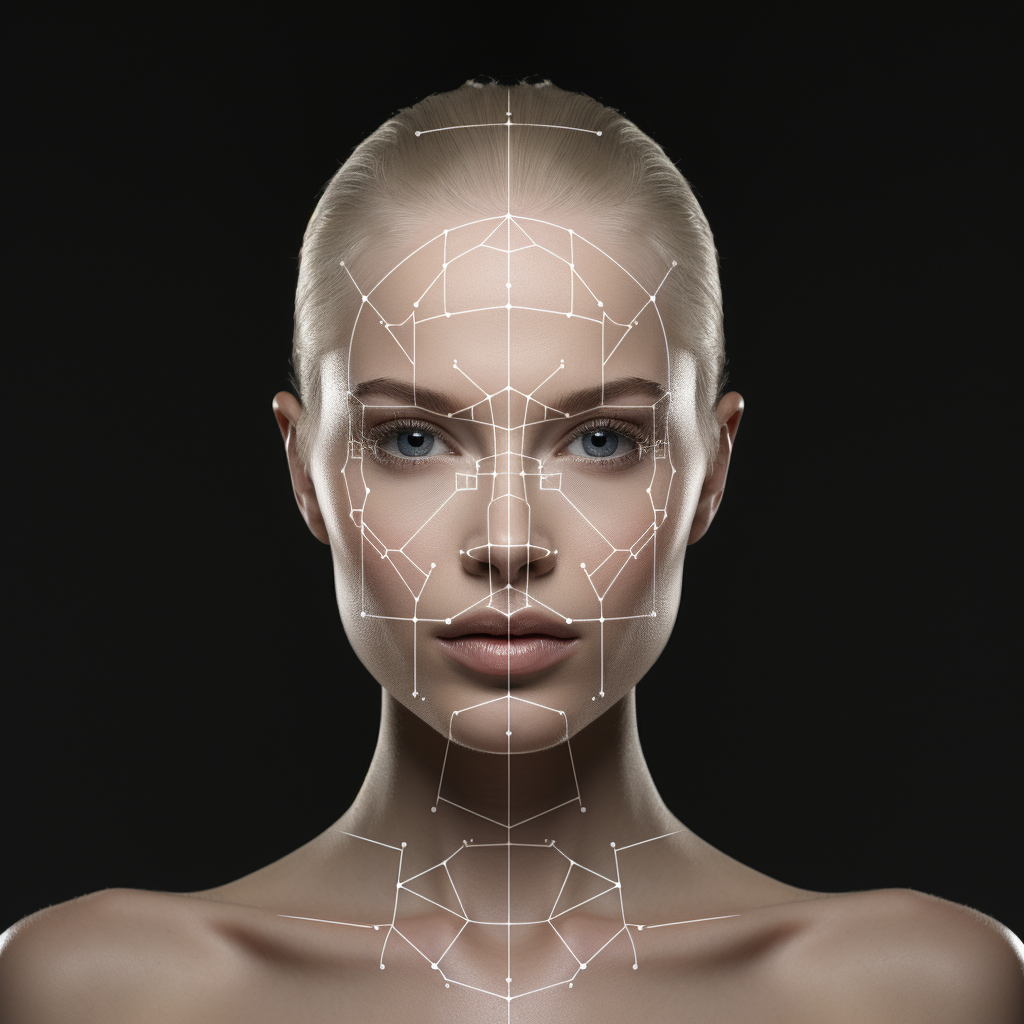
Facial symmetry is one of the core principles that underpin the aesthetics of the human face. The symmetrical arrangement of facial features, from the position and shape of the eyes to the proportion of the nose and mouth, plays a pivotal role in how we perceive beauty and attractiveness.
However, perfect facial symmetry is a myth. Natural human faces are not perfectly symmetrical, and slight asymmetries are normal, often contributing to a person’s unique charm. As medical professionals, understanding this delicate balance between symmetry and asymmetry is crucial in facial aesthetics.
The concept of facial symmetry transcends cultural and societal boundaries. Studies suggest that we are innately drawn to symmetrical faces, viewing them as more attractive, healthy, and desirable. But why is this? Some theories posit that symmetry signals good health and genetic quality, crucial factors from an evolutionary perspective.
The art of achieving facial symmetry through aesthetic procedures is complex. It requires an in-depth understanding of facial anatomy, an artistic eye, and a delicate hand. For example, in botulinum toxin treatments, the goal is not to create a perfectly symmetrical face, but to enhance natural symmetry while respecting the patient’s unique facial features. This approach requires both scientific knowledge and artistic sensibility.
Understanding the mathematical principle of the ‘Golden Ratio’ can further refine our appreciation of facial symmetry. This ratio, approximately 1.618, is considered aesthetically pleasing and has been used in art and architecture for centuries. In the context of facial aesthetics, the Golden Ratio can guide the assessment of facial proportions and guide treatment planning.
While working towards enhancing facial symmetry, it’s essential to consider the dynamic nature of the face. Static symmetry, when the face is at rest, may not translate to dynamic symmetry, observed when the face is in motion during speech or expressions.
Moreover, recognising that beauty does not lie solely in symmetry is vital. Each person brings their own unique features and characteristics, which contribute to their individuality. Instead of striving for perfect symmetry, the goal should be to enhance and harmonise the existing features to achieve a balanced and naturally appealing look.
Lastly, the psychology of facial aesthetics plays a significant role in this process. It’s essential to understand the patient’s perceptions of their own face, their desires, and their fears. Engaging in a comprehensive consultation process will ensure alignment between the professional’s expertise and the patient’s expectations, fostering trust and satisfaction.
The art and science of facial symmetry involve a sophisticated understanding of aesthetics, deep knowledge of facial anatomy, a keen artistic eye, and a sensitive approach to patient desires and expectations. By mastering these aspects, medical professionals can provide highly effective, personalised facial aesthetic treatments, bringing out the natural beauty in every face.

